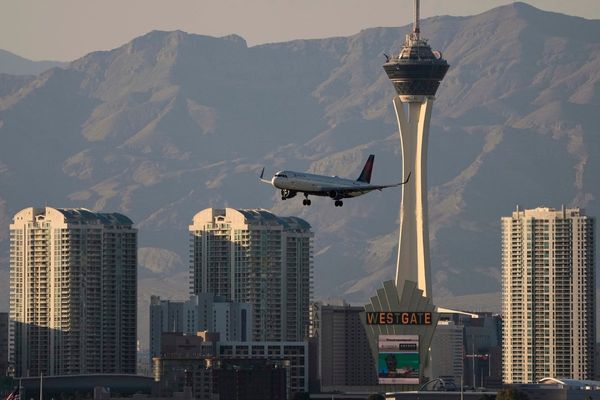
- Children living in rural Iowa are better equipped to climb the wealth ladder than those in big cities like New York, a new study finds.
New York City isn’t the concrete jungle where dreams are made of after all, according to a new study that analyzed economic mobility and location.
Where children grow up plays a major role in determining how fast they can climb the wealth ladder in the U.S., the PNAS Nexus study finds. Smaller cities, like Burleigh, North Dakota, and Dubuque, Iowa, enable much higher levels of upward economic mobility as compared to urban centers like Atlanta, Detroit, or New York.
These results may be surprising, given bigger cities are known for being economic powerhouses full of opportunities. Numerous self-made billionaires, including Howard Schultz, Ralph Lauren, and Larry Ellison, grew up relatively poor in New York.
At the same time, urban growth is tied to widening income inequality, increasing residential segregation, and intensifying neighborhood effects on child development outcomes, according to the report—which analyzed satellite imagery and demographic data.
“In fact, many of the regions with the highest rates of upward mobility tend to be in places with high rates of outmigration and low levels of urbanization,” the nine professor and graduate student authors wrote. While they admit it may seem counterintuitive that high-wage labor markets experience low rates of intergenerational mobility, early-life conditions, like living in a safe and engaging neighborhood, are what support childhood development.
While in the early 20th century income inequality tended to be lower in more urban places, there was a switch in the late 20th century. Urban development now goes hand-in-hand with both income and wealth inequality at the county level.
Rural communities’ emphasis on creating more supportive childhood contexts for aspiration and skill development, like going off to college, may be to credit. These opportunities among densely populated areas tend to be less equal and intensify among socially and economically marginalized communities, who are often segregated into localized neighborhoods. “That is, the neighborhood structures of big cities are more internally polarized, leading to greater inequality in intergenerational mobility,” according to the study.
Return to office might be widening wealth inequalities
During the pandemic, families fled big cities in search of a more affordable and tranquil lifestyle.
Many with remote jobs decided to plant their roots and stay; however, corporate America’s recent calls for a return to office are putting a damper on their new lifestyles.
Faced with the dilemma of losing their job or returning to the city, some families are heading back to New York City and San Francisco—but for low and middle-class families in particular—the move could hinder the ability for their children to have economic mobility.
“The kids in rural Iowa are gonna be better positioned to take advantage of new opportunities than the kids in New York,” Dylan Connor, an associate professor of geographical sciences and urban planning at Arizona State University and lead author of the study, told Bloomberg.
While the research does not necessarily conclude that disadvantaged children in small towns will all soon be climbing the wealth ladder, it does call to attention that urban areas tend to be “divisive forces” and fail to “deliver equal opportunities for economic mobility.”







